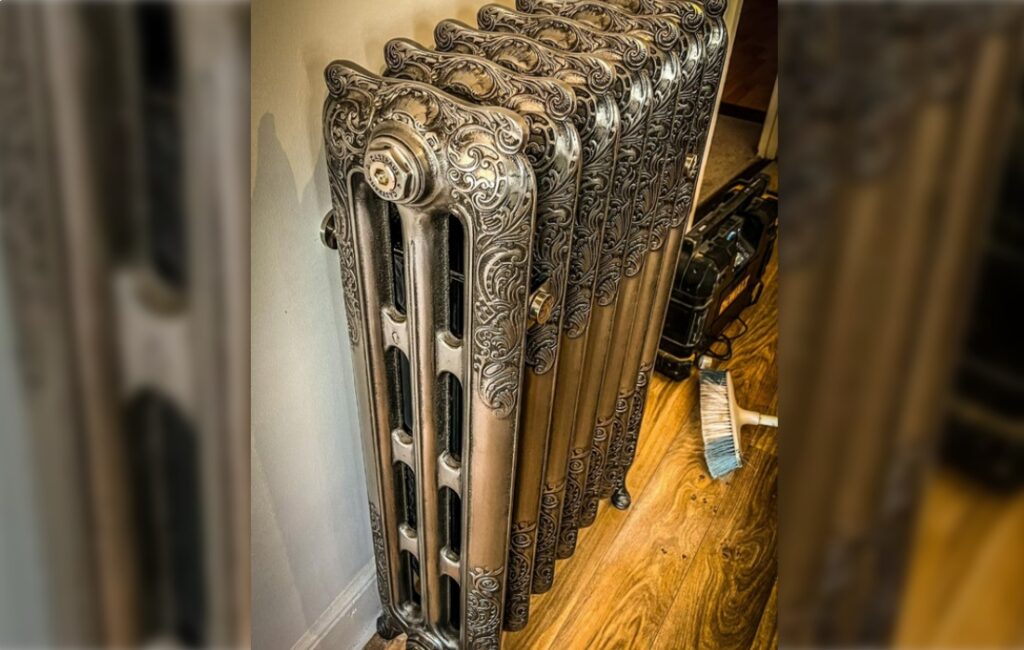
Radiator design has come a long way from its purely functional beginnings. While early heating systems existed (think Roman hypocausts!), the modern radiator as we know it underwent numerous stages of improvement. This evolution was particularly dramatic during the Victorian period, when cast iron became a popular building material.
From Necessity to Ornament: The Rise of the Decorative Radiator
Prior to the Victorians, radiators were primarily seen as utilitarian objects – simply a way to heat a space. However, the Victorians, with their penchant for elaborate design, saw an opportunity to elevate the humble radiator. Cast iron, a material known for its durability and ability to hold heat, became the perfect canvas for intricate details. Manufacturers began crafting radiators with decorative flourishes, transforming them from eyesores into conversation pieces.

Art Nouveau Takes Center Stage
This intricately detailed pattern we see here reflects the Art Nouveau aesthetic. This artistic movement, flourishing during the late 19th and early 20th centuries, emphasized organic forms and natural elements. The flowing lines and floral motifs on this radiator are hallmarks of Art Nouveau design.
A Glimpse into the Past

The grandeur of this design speaks volumes about the opulent interiors found in Victorian and Edwardian-era homes. Homes of this period were often adorned with rich fabrics, ornate furniture, and decorative details. This radiator, with its intricate patterns, would have seamlessly blended into these lavish settings, providing both warmth and visual interest.
- Stéphane Kiefer (Quote by Stéphane Kiefer added for attribution)

Leave a Reply